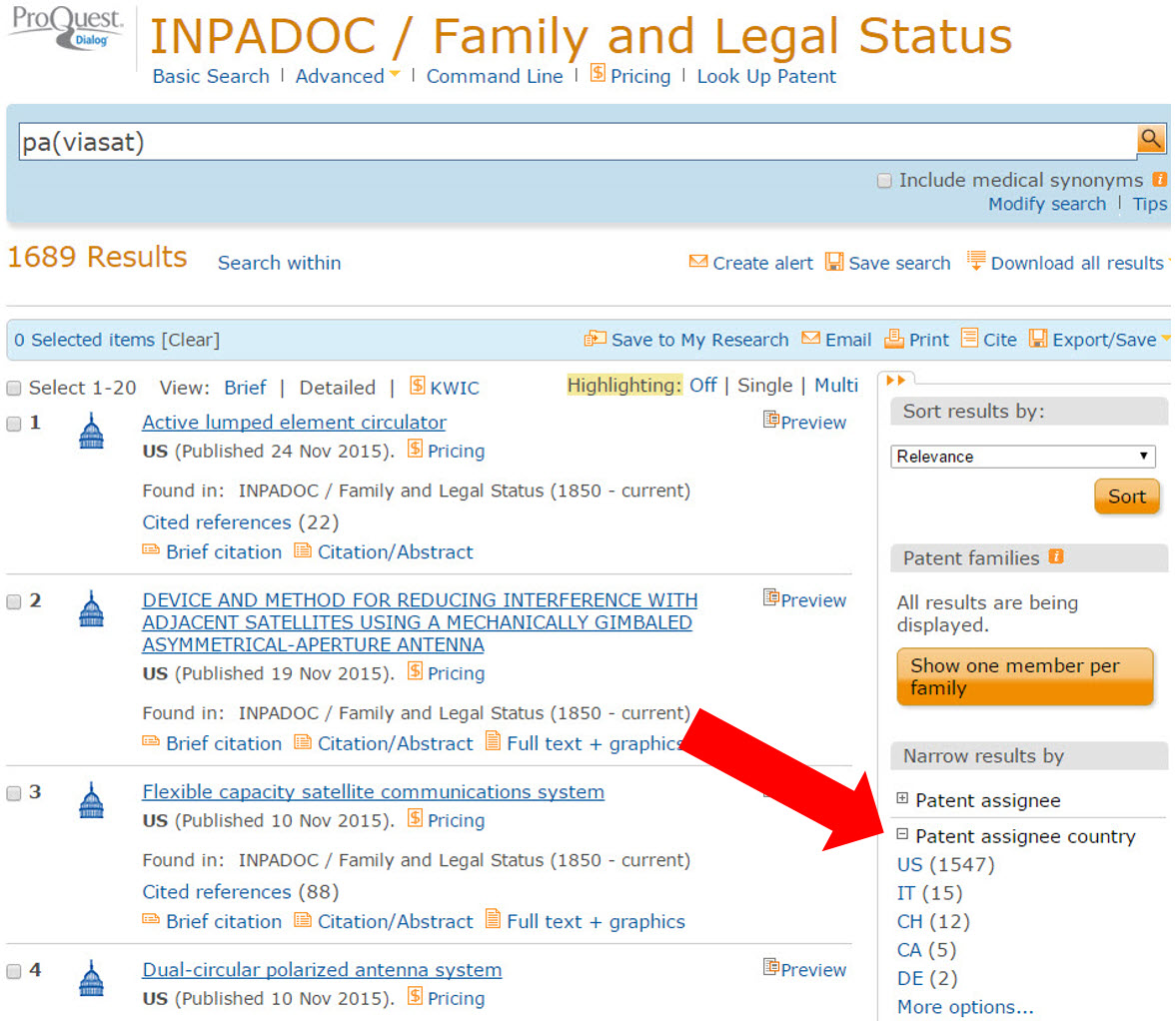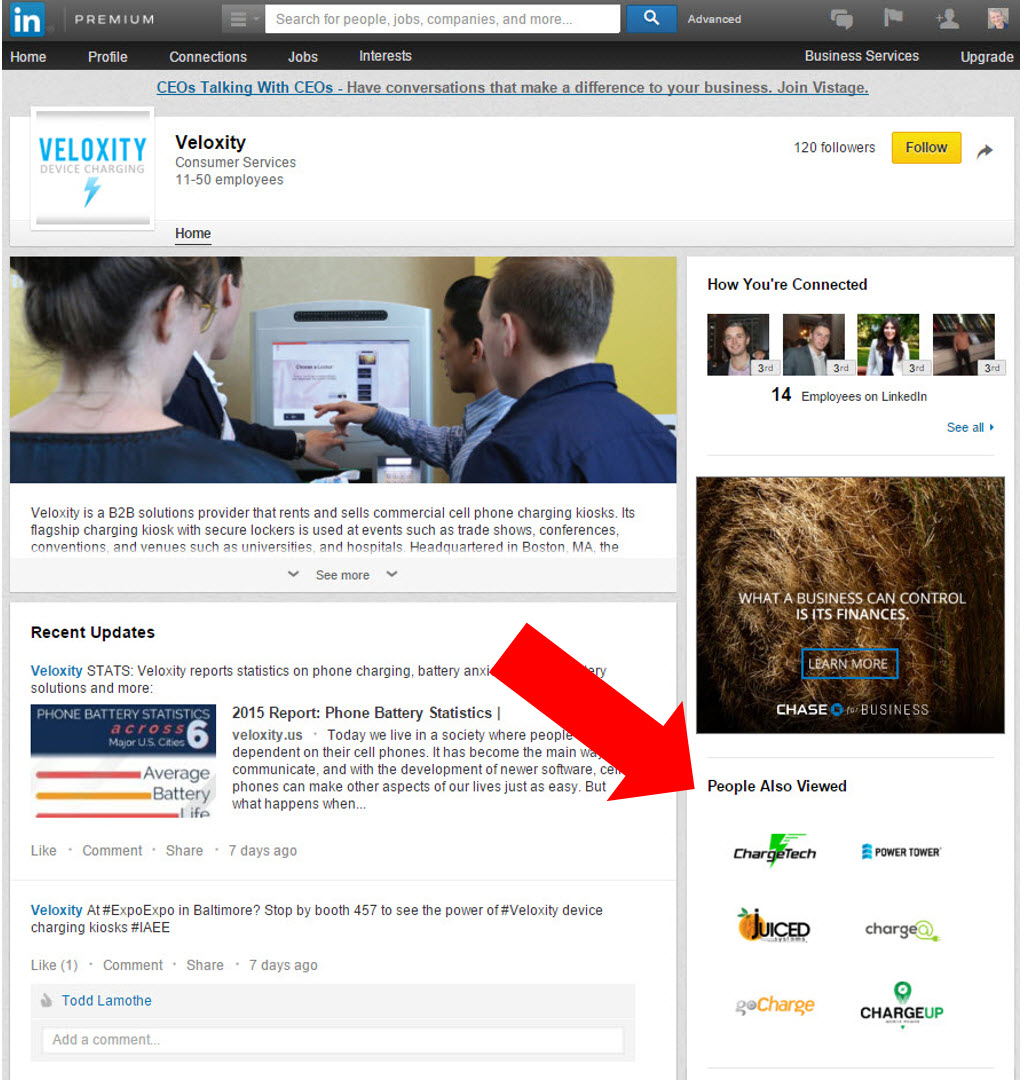I am a business researcher and analyst by training, and I’m always on the lookout for new and creative ways to find the more “hidden” information about companies and individuals. Here are a few of my latest favorites.
Patent Insights
A recent webinar hosted by the Association of Independent Information Professionals gave me some great ideas on how to use patent information to glean business intelligence. Using ProQuest Dialog, presenter Darla Agard talked about various ways to find the unexpected and identify new opportunities using techniques I hadn’t thought of using. While her examples were from PQD, much of the data mining can be done in other professional online services as well. I particularly appreciated that most of these tips incurred no expenses.
Say you want to figure out where a company’s R&D centers are located.  This is usually not something a company will disclose in its annual report or on its web site, but if the company holds patents a smart researcher can deduce the location of the centers by using PQD’s search filtering tools. As Darla explained it, use the INPADOC database to find all the patents held by the target company. In the search results page, scroll down along the right margin to “Narrow your search by” and expand the tab for “Patent assignee country”. This list shows the countries in which most of the patent assignees are located; this may indicate in which countries the company most likely has an R&D center. Likewise, the tab for “Patent publication country” is likely to indicate the manufacturing and distribution centers.
This is usually not something a company will disclose in its annual report or on its web site, but if the company holds patents a smart researcher can deduce the location of the centers by using PQD’s search filtering tools. As Darla explained it, use the INPADOC database to find all the patents held by the target company. In the search results page, scroll down along the right margin to “Narrow your search by” and expand the tab for “Patent assignee country”. This list shows the countries in which most of the patent assignees are located; this may indicate in which countries the company most likely has an R&D center. Likewise, the tab for “Patent publication country” is likely to indicate the manufacturing and distribution centers.
M&A Activity
To get a rough idea of mergers or acquisitions a company has been involved in, search a business database such as Gale Group Trade & Industry for the company name, then limit the results to articles with the subject Company Acquisition/Merger. Scan the titles of the resulting set to see what companies are mentioned with the target company. It isn’t perfect, but it gives you a nice snapshot of recent activity.
Identifying Competitors
 To identify competitors in a small market, I sometimes use LinkedIn. I pull up the company page for any player I know of in the field. In that company’s LinkedIn page, I look at the box along the right margin for “People Also Viewed” — a list of the other companies that people looked at while they were looking at this company. While it’s not a comprehensive search, this gives you a start on identifying some of the other companies that share consumer mind-space.
To identify competitors in a small market, I sometimes use LinkedIn. I pull up the company page for any player I know of in the field. In that company’s LinkedIn page, I look at the box along the right margin for “People Also Viewed” — a list of the other companies that people looked at while they were looking at this company. While it’s not a comprehensive search, this gives you a start on identifying some of the other companies that share consumer mind-space.
Try Facebook Search Again
Facebook recently announced it was making all publicly-viewable posts searchable through what it calls “universal search”. It’s not quite universal; it doesn’t include any posts not marked as public, and only English-language posts are included in the archive. You can’t limit your search to phrases; Boolean operators like AND and OR don’t work; and you can’t filter or limit your search by date, nor can you sort the results by date. That said, if you are looking for topics that are narrowly focused or a small company, you may find useful pointers through Facebook’s newly-expanded search.
